Hey founders,
Welcome to another edition of My Unicorn Club - The Startup Newsletter - It’s a biweekly FREE newsletter written by those on this side of the table (VCs & Investors) for those on that side (Founders & Startup Enthusiasts).
📣 SPECIAL ANNOUNCEMENT
Need a deeper dive on your specific situation with your startup?
For the next two weeks only, I'm opening up my calendar for 1:1 advisory calls at a super discounted rate. Get an investor's unfiltered perspective on your metrics, positioning, and growth strategy.
Use code MUC60 to avail 60% off
Let’s begin,
Last week, I was invited as a panelist for a fundraising session at a Startup event - saw 10 different startup pitches who all shared impressive pitch decks showing "strong user interest." Yet when I dug into their actual usage data, I uncovered the same pattern I've seen hundreds of times before.
The silent killer was hiding in plain sight.
Today, I'm pulling back the curtain on what VCs spot immediately (and what might be happening in your startup right now).
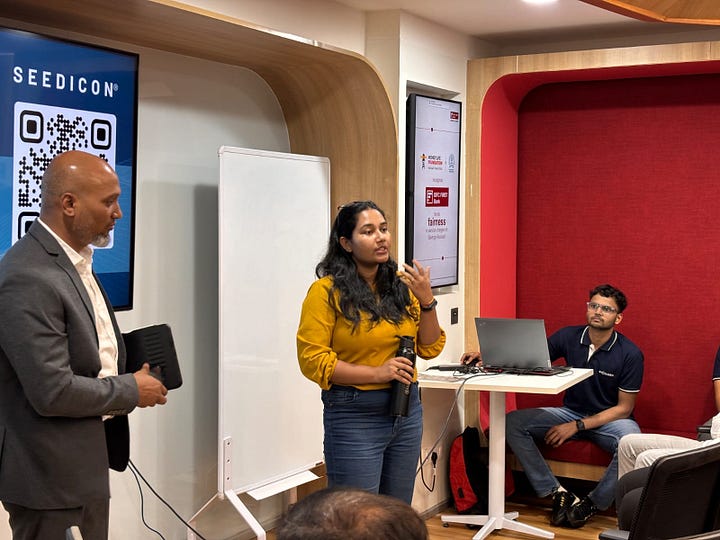
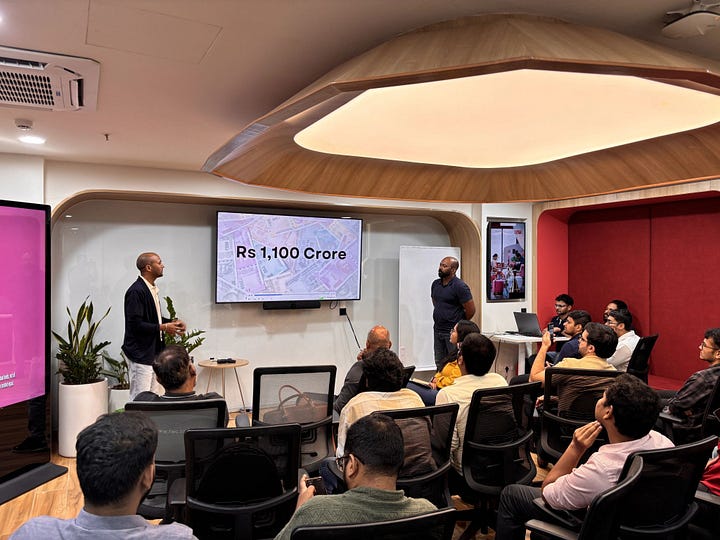
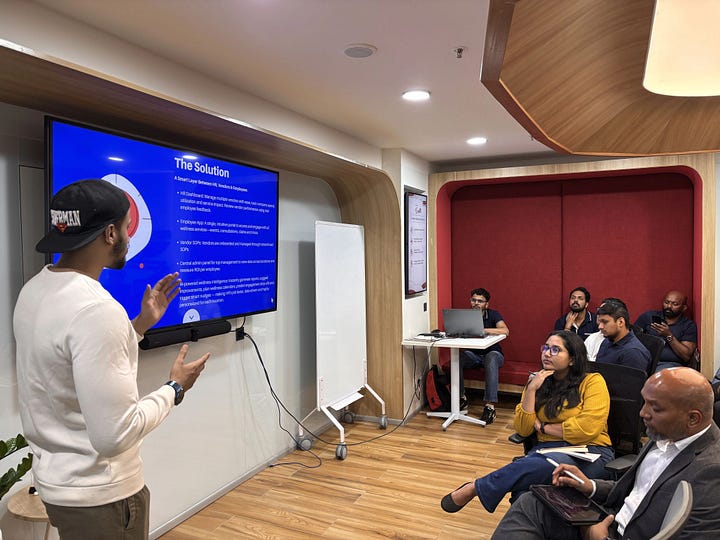
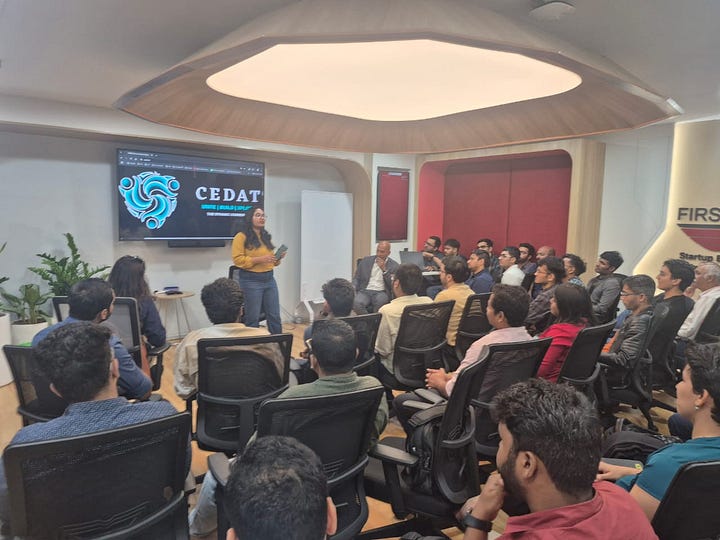
YOUR USERS ARE LYING TO YOU
Not because they're malicious. Because they're nice.
After reviewing 200+ startups last year alone, I've cataloged these patterns so consistently that they've become my ‘personal’ red flags during due diligence.
Here's what your users will never say out loud, but what investors immediately look for:
The "Maybe Later" Death Spiral:
"I'll try it next week" = They will never open your product again
"Let me think about it" = Definite no
"Interesting product" = Not for me, but I don't want to hurt your feelings
In a recent CB Insights study of 110 failed startups, 42% cited "no market need" as the primary reason for failure. What's striking is that many of these founders had initial user feedback that seemed positive.
The Polite Excuses (And What They Really Mean):
"It's not you, it's my budget" = Your product isn't worth reprioritizing spend
"We're too busy right now" = The pain point isn't acute enough
"Great features, but not the right time" = The core value isn't compelling
Reality check: According to research from FirstRound Capital, if users aren't adopting your product within the first 7 days of exposure, there's only a 12.5% chance they ever will.
THE DATA DOESN'T LIE: HIDDEN RED FLAGS
As an investor, here's what I'm looking at (regardless of what your customers tell you):
Long response times to your emails/messages (Benchmark: <4 hours for engaged users)
Short usage sessions (Benchmark: <3 minutes indicate browsing, not solving problems)
Decreasing login frequency (30% week-over-week drop is terminal)
Zero word-of-mouth referrals (NPS score under 30 is concerning)
No complaints or feature requests
Wait... zero complaints is bad?
YES.
Silence is deadlier than criticism. This might be the most counter-intuitive insight I've gained in 15 years of watching startups succeed and fail.
The Brutal Truth Every Founder Needs to Hear:
Angry users = They care enough to demand improvement
Quiet users = They've mentally checked out
A ProfitWell analysis of SaaS companies found that customers who submit support tickets or feature requests have a 15% higher retention rate than those who remain silent. Your complainers are your most engaged users.
When you buy me a coffee, it's more than money to me; it's a validation of my work and motivates me to bring more value to the community and pay forward
WHAT ACTUALLY MATTERS TO INVESTORS
When I'm evaluating a potential investment, here's what cuts through the noise:
✓ Usage patterns (specifically depth of engagement, not just logins)
✓ Second-day retention (not just downloads)
✓ Organic sharing (even before you built viral features)
✓ Unsolicited feature requests (shows investment in your success)
✓ Payment speed (how quickly users convert from free to paid)
Y Combinator's data suggests that startups with 10%+ week-over-week growth in any of these metrics are in the top quartile of performers, regardless of absolute numbers.
WARNING SIGNS THEY WOULDN'T TELL YOU
After sitting through 500+ pitches, these phrases now send immediate warning signals:
"Great demo!" → But they never log in again
"We'll discuss internally." → Decision already made, it's a no
"Amazing potential" → Theoretical interest, not practical need
According to Startup Genome Project research, 70% of startups that receive this kind of "soft positive" feedback still fail within 20 months.
THE FUNDING ROUND CHASE: A DANGEROUS DISTRACTION
Here's something I'm seeing more frequently that concerns me as an investor:
Founders who skip from one funding round to another, using fundraising momentum to mask fundamental product problems.
The pattern is predictable:
Build a minimally viable product
Get early users (often friends or soft connections)
Use "early traction" to raise seed funding
Instead of aiming for product-market fit, immediately begin positioning for Series A
Use vanity metrics to mask actual usage problems
Raise Series A before the seed metrics fully mature
The hard truth: 70% of startups that raise seed funding never make it to Series A. And of those that do raise an A without solid product-market fit, 80% fail to reach Series B.
I've watched dozens of startups raise $ 5- 10 M+ only to discover too late that their product simply wasn't solving a real problem. By then, the expectations are too high, the burn rate too fast, and the runway too short to pivot effectively.
THE SOLUTION: WATCH WHAT THEY DO, NOT WHAT THEY SAY
As an investor, I'm looking for founders who:
Track behavioral data religiously (not just testimonials)
Measure time-to-value for new users (should be minutes, not days)
Count "aha moments" per user (the repeatable value inflection points)
Create friction-free feedback channels (and celebrate criticisms)
Know their cohort retention curves better than their pitch deck
The most successful founders in my portfolio all share one trait: they're obsessed with usage data, not user compliments.
ACTION ITEMS FOR THIS WEEK
Audit your last 10 user conversations - How many had concrete usage commitments vs. polite interest?
Measure your "complaint ratio" - If <5% of users are sending feedback, they might not care enough
Calculate your "second day return rate" - This is more predictive than total sign-ups
Call 3 silent users who tried but stopped using your product
Identify your "champion metrics" - The 1-2 behaviors that predict long-term retention
Remember the wisdom of Y Combinator's Paul Graham: "Make something people want." Not "make something people say nice things about."
P.S. - Don't forget about those 1:1 advisory calls I mentioned at the top! Your slot not only gets you personalized advice but also helps shape the content that benefits everyone. Book your call now before they're all gone!
Until next time, signing off
Sayanee Bhowmik
If you like reading My Unicorn Club - The Startup Newsletter - spread the word and share it with someone who might need it :)

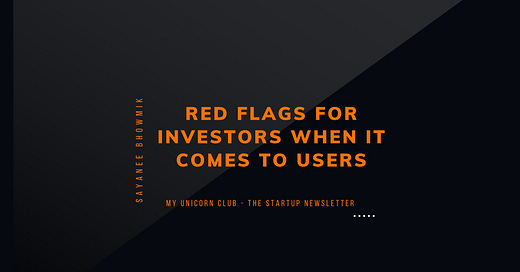


I think this is very common with people in general. People want to be nice and move on. Of course, straight business talk isn't nice. However, it can be immensely helpful. Gordon Ramsay once said that nice guys don't run restaurants. I don't think he meant that you cannot run a restaurant and still be a nice person. He meant that you have to use straight talk and get down to business while running the restaurant. If something is not good, tell the person. It will sting, sure, but they'll be coming back to you because you're the only honest one. If they don't, they just wanted "Yes Men" and they won't get anywhere anyway. Excellent post, Sayanee.
I agree data analytics is extremely important to make meaningful change in business. You get the best improvement suggestions from survey responses. Lots of people will interpret negative feedback as failure or write off the feedback as ‘the angry customer’. Although some responses are venting customers, if you deep dive into the themes you will normally find an area to improve. The person at the other side took time out of their day to provide comments. It’s respectful to read the feedback, take a minute to pause and investigate, then establish where changes could be made to make the customer journey better. Thanks for sharing 😊